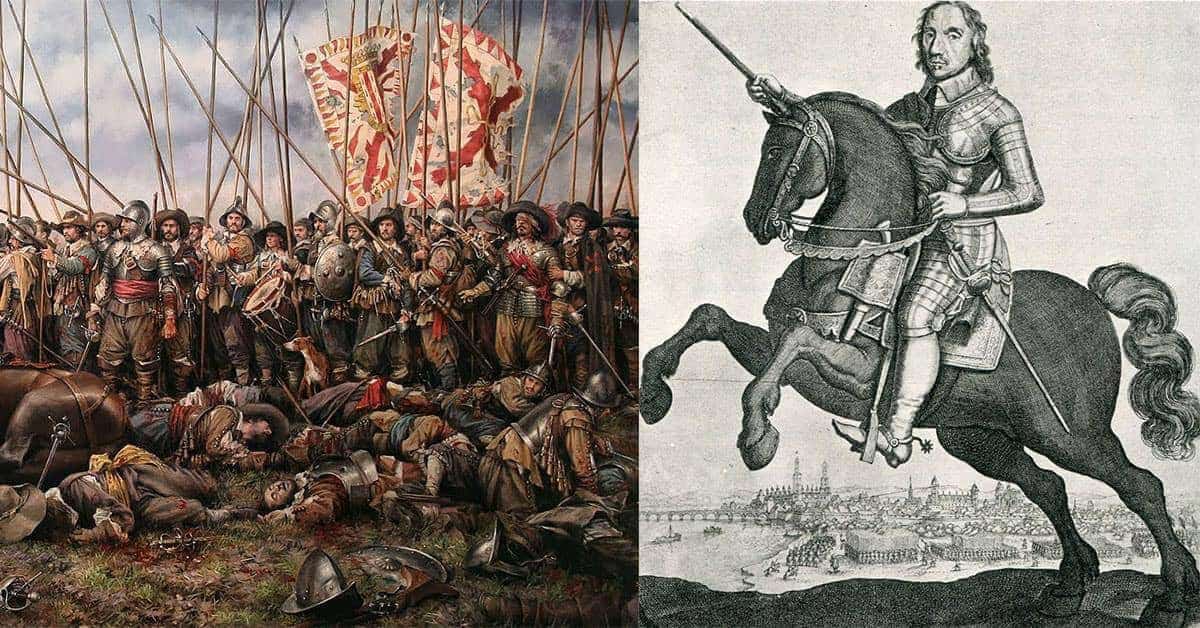Most people learned about the Renaissance in school in the standard format that showed the greats in the arts like Leonardo, Michelangelo, or Raphael. Some might have learned the politics of the period from the likes of the Medici family, Machiavelli, or the influential Popes. Copernicus and Newton resonate with everyone, but what about The Grand Conde? Maybe Turenne or Zizka?
The Renaissance was a time of rapid advancement in thought and technology, and the military realm was no different. In a period of constant modernization, these great generals stood out above the rest. Here is a humble ranking of ten of the best commanders of the period. In a time with plenty of fractured states and wars big and small, some great names are bound to get forgotten, unjustly ordered, or just barely miss the list. Feel free to give your thoughts in the comments.
Louis: The Grand Condé
Louis de Bourbon, Prince of Condé (Conde) follows a general theme of great young minds getting a chance to command at a young age. For Conde, he was given command in his early 20’s and led the French armies through decades of conflict and civil war. Conde had a natural tactical talent and would win his masterpiece victory at only 21 years of age.
The French phrase Coup d’œil (stroke of the eye) was used by historians to describe the ability of some generals to scan a field of battle and the armies involved and just know the right formations and orders to give. Conde certainly had this ability and he would need it in his first command against the perceived invincible Spanish Tercios at the battle of Rocroi.

The tercio was a dense pike square that had units of hand gunners, archers, and swordsmen in the center. The multifunctional square simply couldn’t be broken on the battlefield and Conde faced a larger and veteran tercio army led by experienced commanders.
Conde fought in a standard infantry line with cavalry wings. As was the norm, the French infantry struggled against the tercios and the left cavalry had little success. Conde’s cavalry on the right, however, was successful. Instead of retreating and reorganizing his failing infantry, he committed his reserve cavalry to a piercing charge of the Spanish cavalry, encircled them and won the right.

He then circled to the rear of the tercio line. The tercios repelled charge after charge but were forced to group much closer together. When they were close enough, Conde had his artillery and the captured Spanish artillery fire on the compact squares and decimated the infantry. Conde had broken the tercios of a veteran army, something other generals had been struggling with for decades.
In later battles, Conde proved that he simply knew what to do at the outset of a battle and did it. At the Battle of Lens, he lured the Spanish into attacking away from their ideal position on a hill and then attacked the stretched-out force, obliterated their cavalry and isolated the infantry just as he did at Rocroi.
Conde had a friend in the great Turenne (further down the list), but civil war eventually had them fight each other. Turenne repeatedly bested Conde in their battles, but outside of Turenne, Conde was a feared commander with an excellent grasp of situational tactics.

